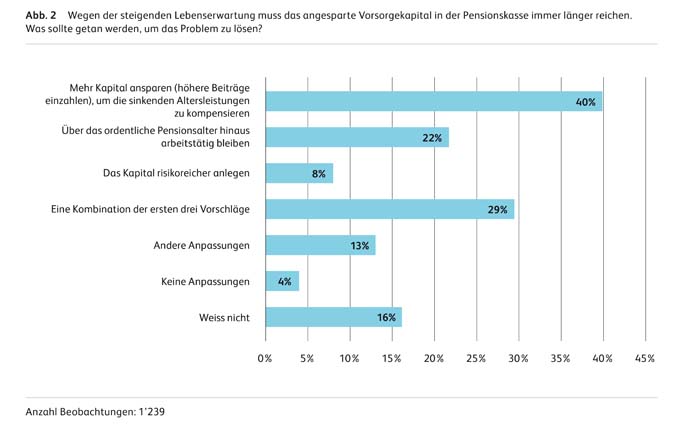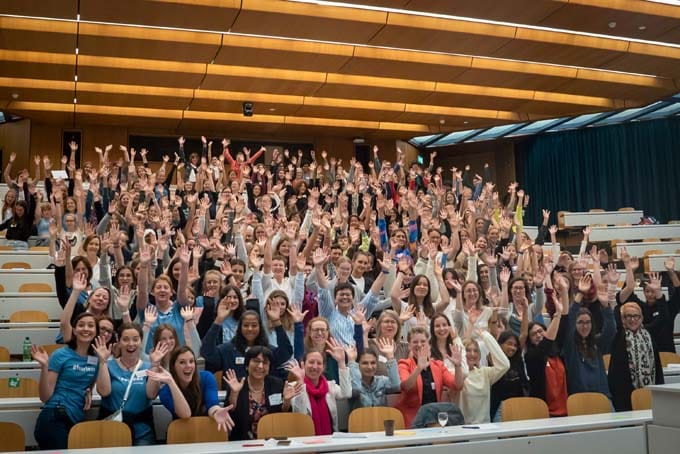Owned media and influencer marketing increase brand awareness the most, according to study
In its latest study, consulting firm Publicis Sapient, together with Launchmetrics, is dedicated to marketing success measurement in the fashion, luxury and beauty industries. The report, The State of Measurement in Fashion, Luxury & Beauty 2022, is designed to help decision-makers better understand marketing impact and attribution, and identify the metrics, tools and KPIs that brands should use [...]
 In its latest study, consulting firm Publicis Sapient, together with Launchmetrics, is dedicated to measuring marketing success in the fashion, luxury and beauty industries. The report The State of Measurement in Fashion, Luxury & Beauty 2022 is designed to help decision-makers better understand marketing impact and attribution and identify the metrics, tools and KPIs brands should use to measure the effectiveness of their data strategies. The survey polled more than 1,000 marketing, communications and PR professionals from the fashion, luxury and beauty industries worldwide, including the U.S., Europe, Australia and China.
In its latest study, consulting firm Publicis Sapient, together with Launchmetrics, is dedicated to measuring marketing success in the fashion, luxury and beauty industries. The report The State of Measurement in Fashion, Luxury & Beauty 2022 is designed to help decision-makers better understand marketing impact and attribution and identify the metrics, tools and KPIs brands should use to measure the effectiveness of their data strategies. The survey polled more than 1,000 marketing, communications and PR professionals from the fashion, luxury and beauty industries worldwide, including the U.S., Europe, Australia and China.
The research confirms that many lack a consistent metric system to help them analyze the effectiveness of their data strategies. The report sheds light on marketers' challenges and creates an understanding of the importance of Big Data and precise measurement points. As a result, decision-makers should see how they can improve ROI, enhance brand performance and achieve greater efficiency.
Influencer Marketing: The Shift from Measuring Brand Awareness to Measuring Sales Impact
According to the survey, the best voice for brands to increase brand awareness is owned media at 39 percent, followed by influencers at 22 percent.
Instagram continues to be the leading marketing channel for businesses in the luxury segment, but most respondents said they are limited by current tools and find it difficult to find the right KPIs to measure ROI.
It is no longer enough to view social media as just a channel to increase brand awareness and engagement. To stay competitive, brands need to capture the impact of their social media strategy on business goals and conversion. Data supports this shift in focus, with 80 % of marketers using economic metrics to measure influencer effectiveness or attempting to identify proxies, such as website traffic with referral links, to try to attribute sales to campaigns. Only 24 % focus on reach and views.
The value of influencers remains undisputed. However, 40 percent of marketers worldwide rely on influencers to self-report their data, as brands sometimes don't have the tools to track them - opening the door to potential misrepresentation. 34 percent of CMOs and 51 percent of CTOs believe marketing data is unreliable because reliance on partner self-reporting opens the door to manipulation.

Marketing data as a key factor for success
Sixty percent of marketers and 70 percent of data scientists believe that a unified view of marketing performance must be a top priority for organizations. More than 50 percent of CMOs said that data accessibility and clear visibility of marketing performance to senior leadership are drivers of marketing success. Therefore, creating a clear governance model and system for tracking, reporting and harnessing marketing data is elementary.
28 percent of CMOs in the U.S. are investing in measurement and analytics to track their marketing activities and enable advanced strategies like scalable personalization.
Challenge: Measuring marketing impact and attribution
Some 51 percent of respondents believe it is difficult to extract actionable insights from data to analyze the success of online activities and decide where to invest.
40 percent of respondents cited benchmarking as their biggest challenge. 31 % of respondents said identifying the right competitive analysis tool was a major obstacle to marketing planning.
Nearly 50 percent of CMOs said finding talent with technical skills to interpret marketing data is critical, further exacerbating the trust issue CMOs and CDOs have with their marketing data.
According to the survey, the best voice for brands to increase brand awareness is owned media at 39 percent, followed by influencers at 22 percent.
Instagram continues to be the leading marketing channel for businesses in the luxury segment, but most respondents said they are limited by current tools and find it difficult to find the right KPIs to measure ROI.
It is no longer enough to view social media as just a channel to increase brand awareness and engagement. To stay competitive, brands need to capture the impact of their social media strategy on business goals and conversion. Data supports this shift in focus, with 80 % of marketers using economic metrics to measure influencer effectiveness or attempting to identify proxies, such as website traffic with referral links, to try to attribute sales to campaigns. Only 24 % focus on reach and views.
The value of influencers remains undisputed. However, 40 percent of marketers worldwide rely on influencers to self-report their data, as brands sometimes don't have the tools to track them - opening the door to potential misrepresentation. 34 percent of CMOs and 51 percent of CTOs believe marketing data is unreliable because reliance on partner self-reporting opens the door to manipulation.
Link between online and offline
The study found that capturing customer journey data across touchpoints is a challenge. Only 13 % of marketers track in-store traffic and try to link it to online activities.
Nearly 40 percent of marketers struggle to link online and offline data because cross-channel reporting is at least partially, if not entirely, manual.
The comprehensive study is available for free download.








 When the client and the supporting agency give a brand a fresh kick, the ideal result is something like the current relaunch of Sprite - for me one of the best brand relaunches of 2022 so far!
When the client and the supporting agency give a brand a fresh kick, the ideal result is something like the current relaunch of Sprite - for me one of the best brand relaunches of 2022 so far!




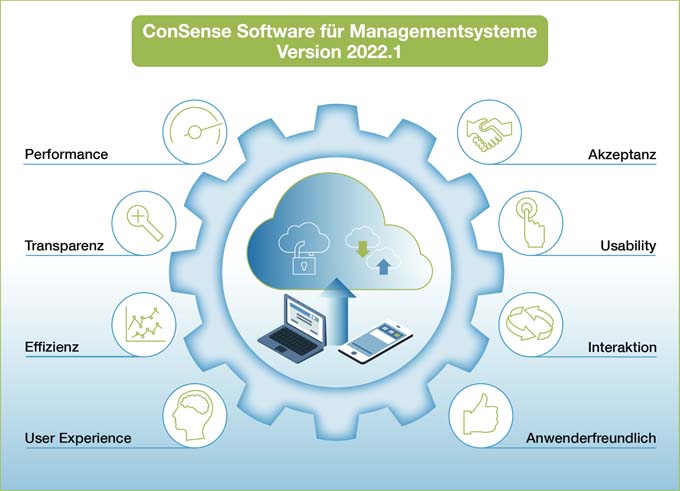

 The market in which Adnovum operates is changing rapidly. Therefore, the leadership team around CEO Thomas Zangerl decided on a brand refresh, based on the new orientation of the company. The new brand should continue to reflect the company's core competencies, but also make it tangible that market orientation and collaboration in working with customers are gaining strongly in importance in the new Adnovum era.
The market in which Adnovum operates is changing rapidly. Therefore, the leadership team around CEO Thomas Zangerl decided on a brand refresh, based on the new orientation of the company. The new brand should continue to reflect the company's core competencies, but also make it tangible that market orientation and collaboration in working with customers are gaining strongly in importance in the new Adnovum era.



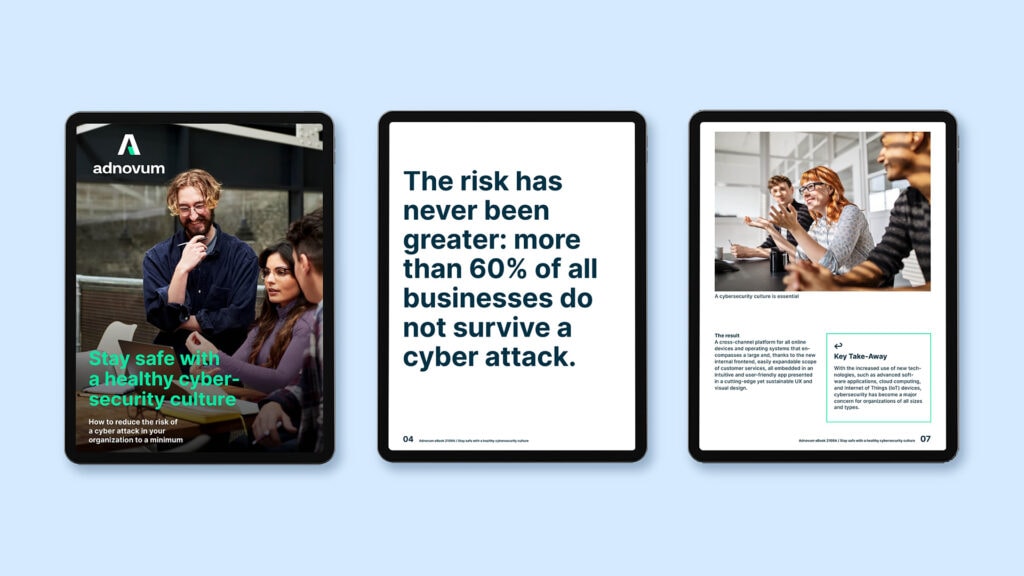

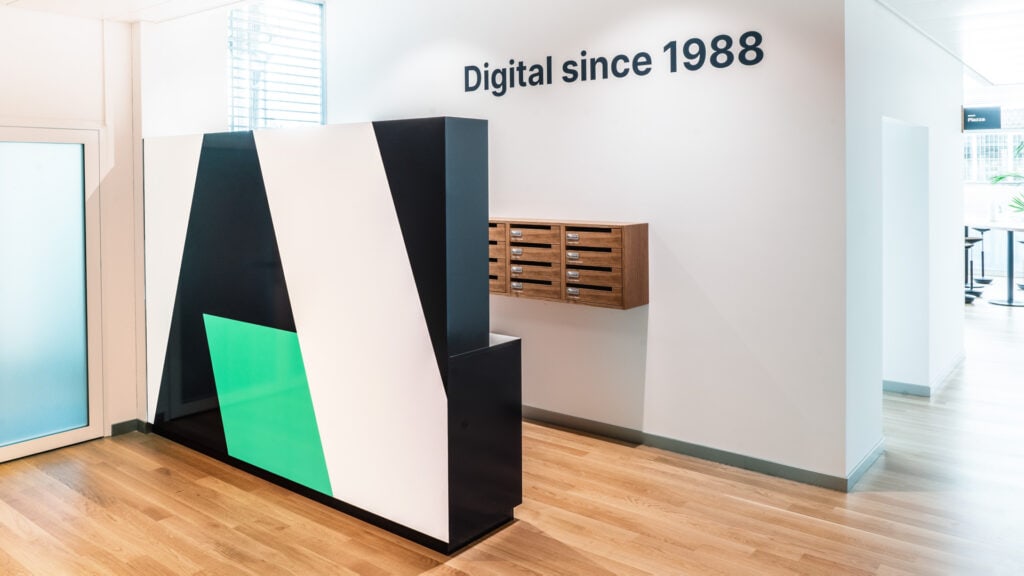
 The public offers are to be made better known and anchored in the population. For the congress area, business customers are addressed. The core of the overall appearance is an identity-creating illustration, which appears in excerpts on all communication media. With the new naming and corporate design, letterheads, signaling, flyers and a new website were developed. There, users can find the landing pages of the various offers.
The public offers are to be made better known and anchored in the population. For the congress area, business customers are addressed. The core of the overall appearance is an identity-creating illustration, which appears in excerpts on all communication media. With the new naming and corporate design, letterheads, signaling, flyers and a new website were developed. There, users can find the landing pages of the various offers.





